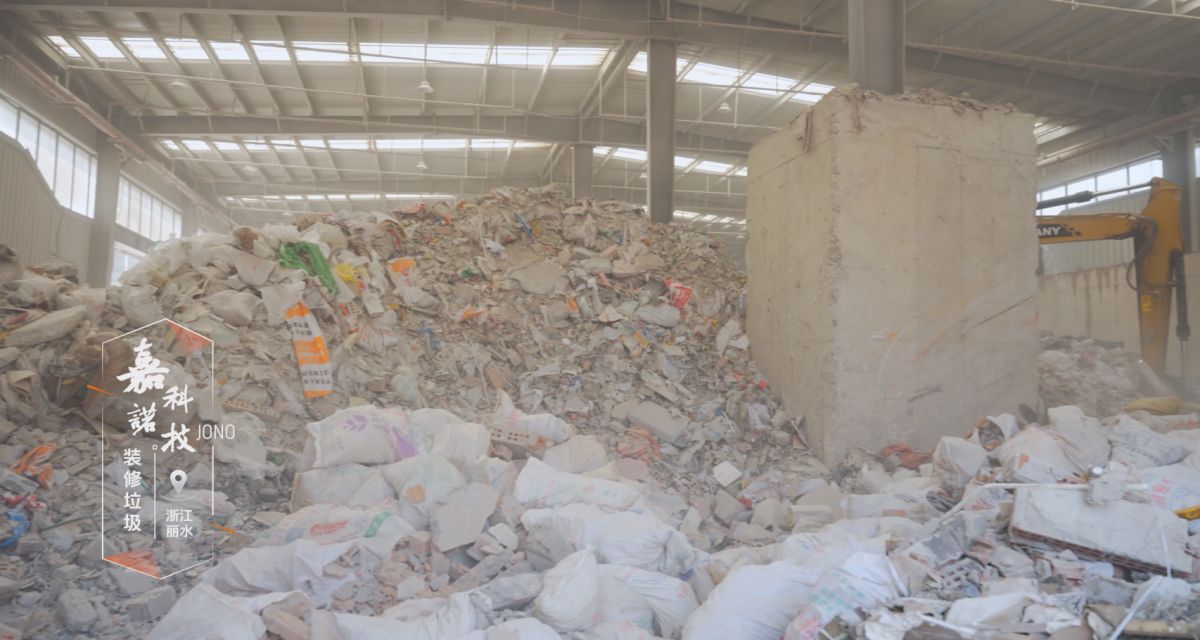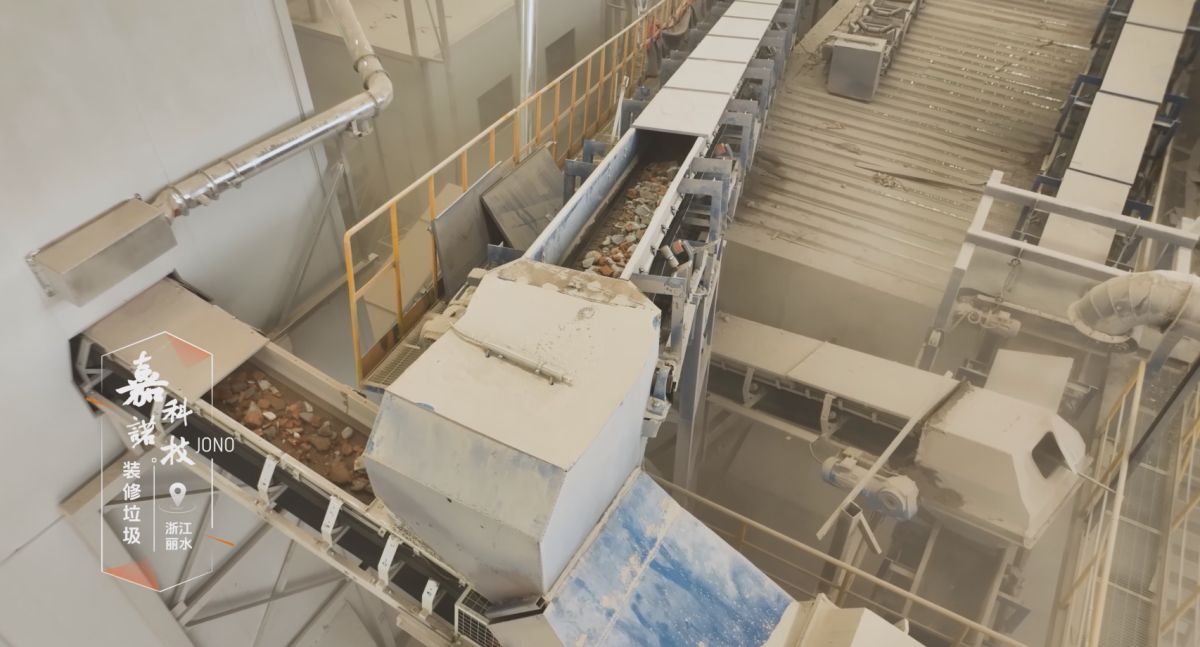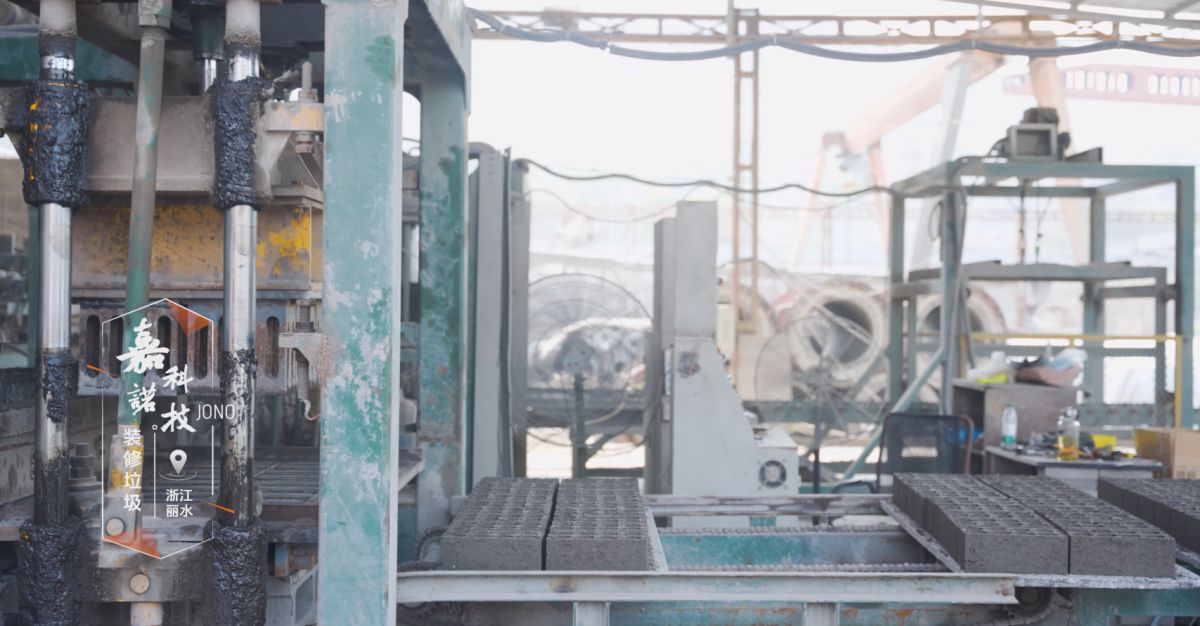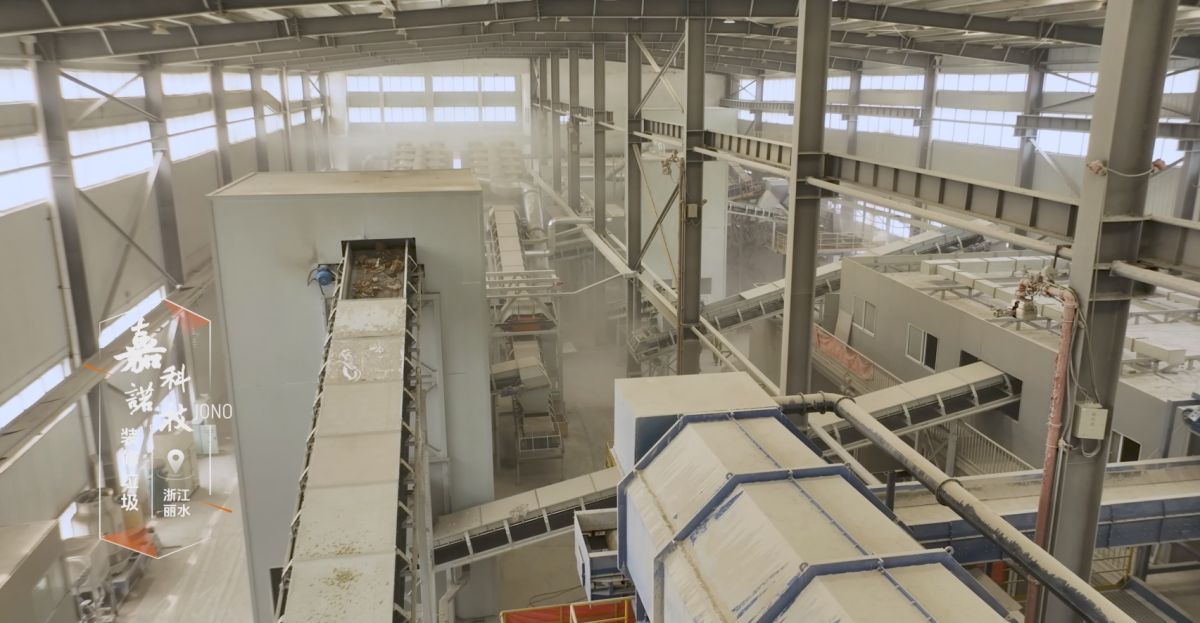Project Overview
In line with the principles of “resource reduction, harmless treatment, and reuse,” the project integrates advanced equipment and smart management systems to minimize environmental impact and maximize the value of waste materials. The facility serves as a crucial part of the region’s circular economy strategy.
The project is capable of processing up to 600 tons of renovation waste per day, with a processing workshop covering 7.6 mu (approximately 5,067 square meters).

Project Highlights
A centralized intelligent monitoring system provides real-time tracking of equipment status and environmental data. This allows operators to monitor processing performance, improve response times, and ensure stable, high-efficiency operations across the facility. Apart from that, the project also has the following highlights.

Cutting-Edge Equipment for Precision Processing
High-Pressure Density Separator
This machine effectively separates lightweight and heavyweight materials within a defined particle size range, ensuring the quality of downstream recycled aggregates.
Vertical Shaft Crusher
Designed for crushing soft, medium-hard, and even extremely hard materials, this equipment offers high efficiency, low operational cost, and a simple structure—ideal for material shaping and size reduction.
Step Screen
Operates through vibration to disperse materials and efficiently separate long, bulky interfering items, optimizing the sorting process.

Resource Utilization & Market Integration
Rather than viewing construction waste as an end product, the project treats it as a valuable resource:
Alternative Fuel: Combustible fractions are transported to nearby waste-to-energy plants, supporting clean energy generation.
Recycled Aggregates: The produced aggregates are transported for use in paving bricks, drainage channels, and other construction products based on local demand, contributing to material reuse and reducing the need for virgin resources.

Dust Suppression Systems for a Cleaner Working Environment
To minimize dust emissions during transportation and processing, the facility is equipped with automated misting and manual spray systems installed at the roof, raw material storage zones, and feeding points. This ensures a clean and safe working environment that meets environmental standards.

Conclusion
The Zhejiang Lishui Construction Waste Treatment Project is more than a facility—it is a scalable model for green urban development and renovation waste recycling. Through technological innovation, market-driven utilization, and smart management, the project demonstrates how cities can transition toward low-carbon, circular waste ecosystems.

